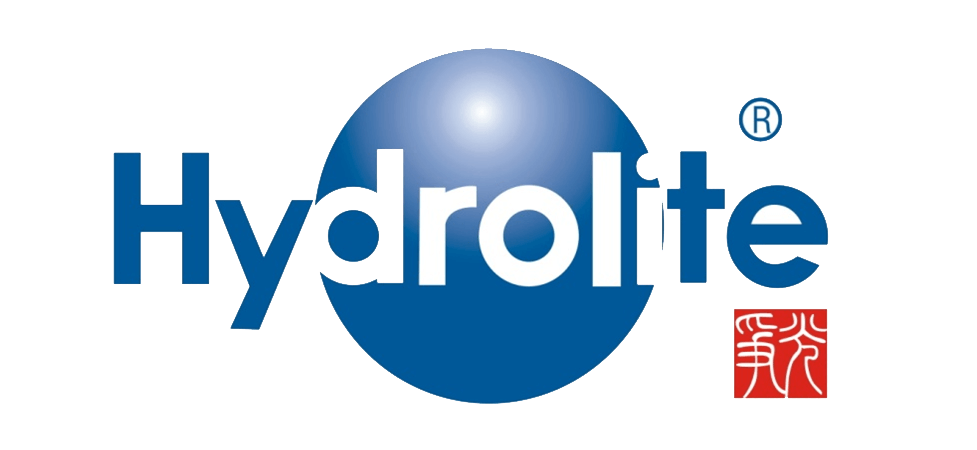ZGF 860 Fluorine Remove Ion Exchange Resin
1. Introduction:
ZGF 860 Fluorine Remove Ion Exchange Resin is a special resin with macroporous structure. It is a macromolecule copolymer with active aluminum group on its styrene-DVB matrix. This kind of chemical structure is easy for fluorine acid radical ion in water to forming stable complex compound, thereby intent to remove and reduce fluorine concentration in water, so as to reach the National Drinking Water Standard which is below 1mg/L.
2. Technical Property
| Matrix | Macroporous styrene-DVB |
| Apperance | Opaque pale yellow beads |
| Whole beads % | ≥95 |
| Functional group | Active aluminum |
| Al content % | 15~25(dry resin) |
| Shipping weight g/ | 0.70~0.80 |
| True(Wet) density g/L | 1.08~1.16 |
| Moisture content % | 50~65 |
| Particle size range mm | 0.315~1.25 |
| Temperature limited °C | 90 |
| pH | 5~9.5 |
| solubility | Insoluble in water, acid, alkaline, and common solutio |
3. Operation principle
Fluorine is a trace element which existed wildly in nature, common minerals like fluorite, fluorapatite, crystal stone, mica, calcium carbide etc. The concentrated place of fluorine containing minerals is called high fluoride area, when water passes through high fluoride stratum, fluorine is dissolved and existed in water as forms of F-, HF-, HF-2. Industrial contamination is another source for fluorine in nature, such as aluminum and phosphate fertilizer industrial, moreover, coal fire to release fluoride to environment increase the fluorine content in water and air. It is reported that the fluorine content in nature water is reach to several mg/l even dozens of mg/L in some areas of our country. Fluorine element toxicology research says it causes dental fluorosis when the F- concentration reaches to 115mg/L, it cause bone fluoride and damage of nerve tissue and Skeletal muscle when the F- concentration reaches to 415mg/L, it lower activity of enzyme system and obstruct bone forming. Also, other research says over intake of fluorine could result cancers like oral cancer, breast cancer, so the contamination of fluorine in water and how to remove it is being a big problem. So far, the ways to remove fluorine are coagulate, adsorption, membrane technology, but all of them share the disadvantages of poor water quality after treatment, small capacity of removing fluorine, high cost. However, take advantage of the co-ordination chemical property of AL3 + and F-, using amino carboxylic chelating resin (functional group —CH2—N(CH2COOH)2) which takes AL3 + to 2~60ml/L fluorine content water, solid-liquid to remove fluorine is attain to a good result.
AL3 + has octahedron ligand field, it can form unsaturated complexes after it loads to resin, the left coordination point combine with water, when it contact with high fluorine water it can replace water because of the stronger ability to coordinate between F-and AL3 + , then causing ligand exchange adsorption to fixing F- , finally realize solid-liquid separation in water to remove fluorine, the chemical formula is as followed:
R—CH2—N(COO)2 AL(H2O)3X + 3F- → R—CH2—N(COO)2 AL (F)3 X + 3H2O
Noted: X is univalent anion as balance charged ions; R is organic macromolecular group of resi.
| Height of resin bed m | 0.8~2.5 |
| Designed back wash space % | 80~100 |
| Back wash rate % | 50~85 |
| Regenerant | NaCI/ NaCI +NaO |
| Regenerant concentration % | 8~10% NaCI /4~5% NaCI +0.2% NaOH |
| Regenerant dosage m3/m3-R | 2.0~2..5 |
| Regenerant contact time min | 50~70 |
| Replacement time min | 30~50 |
| Rinse flow rate m/h | 8~15 |
| Operation velocity m/h | 2~10 |
| PH range | 5~9.5 |
4. Regenerate property:
R—CH2—N(COO)2 AL (F)3 X + 3OH- → R—CH2—N(COO)2 AL(H2O)3X + 3HF-


 Deutsch
Deutsch Español
Español polski
polski Français
Français Italiano
Italiano Русский
Русский Čeština
Čeština Nederlands
Nederlands Suomi
Suomi Magyar
Magyar Português
Português Română
Română Svenska
Svenska